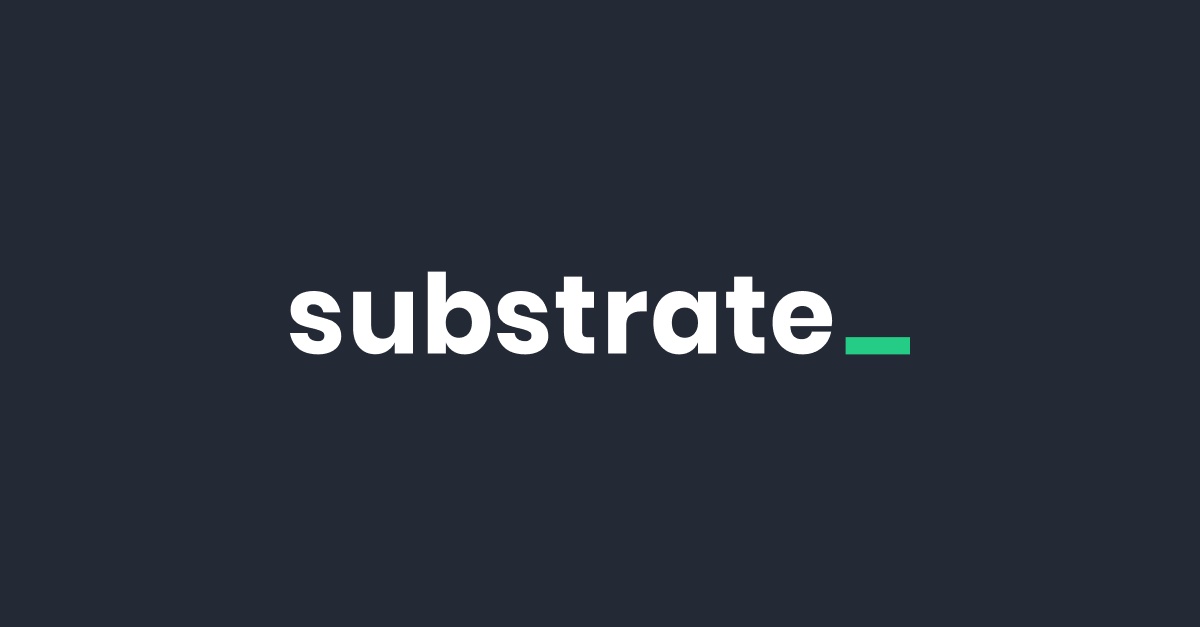In the rapidly evolving landscape of blockchain technology, Substrate emerges as a powerful framework, empowering developers to create their own customizable blockchain networks. Substrate chains, built using the Substrate framework, represent a new paradigm in decentralized applications (DApps) and blockchain development. This article explores the significance of Substrate chain deployment, its key components, and the transformative impact it has on fostering innovation within the blockchain space.
Understanding Substrate Chains:
Substrate is an open-source blockchain development framework created by Parity Technologies. It provides a modular and extensible set of tools for building custom blockchains. Substrate chains are the result of deploying a blockchain network using the Substrate framework. These chains are highly customizable, allowing developers to tailor the network's features, consensus mechanisms, and economic models to suit specific use cases.
Key Components of Substrate Chain Deployment:
-
Runtime Module Development: Substrate chains are designed with modularity in mind. Developers can create runtime modules, which are building blocks that define the functionality and logic of the blockchain. These modules can be added or removed based on the specific requirements of the blockchain, enabling a high degree of flexibility in design.
-
Consensus Mechanism Customization: Substrate allows developers to choose or create their own consensus mechanisms. Whether Proof-of-Work (PoW), Proof-of-Stake (PoS), or other consensus algorithms, Substrate chain deployment provides the flexibility to select the most suitable mechanism for the intended use case.
-
Economic Model Design: The economic model of a blockchain, including tokenomics and incentives, is a critical aspect of its functionality. Substrate chains enable developers to design and implement their own economic models, defining the issuance and distribution of tokens, as well as mechanisms for governance and staking.
-
Cross-Chain Interoperability: Substrate supports interoperability between different blockchains. Substrate chains can be designed to communicate with each other and with external blockchains, fostering a network of interconnected blockchain ecosystems. This cross-chain interoperability enhances the overall utility and versatility of Substrate chains.
-
Governance Framework: Substrate allows developers to implement governance mechanisms within their chains. This includes features such as on-chain referenda and council structures, enabling decentralized decision-making processes. Developers can customize governance models to align with the values and goals of their blockchain network.
The Transformative Impact on Blockchain Development:
-
Rapid Prototyping and Development: Substrate's modular architecture accelerates blockchain development by facilitating rapid prototyping. Developers can experiment with various features and consensus mechanisms, significantly reducing the time required to bring a blockchain network from concept to deployment.
-
Customization for Specific Use Cases: Substrate chain deployment enables developers to create blockchains tailored to specific use cases. Whether it's for supply chain management, decentralized finance (DeFi), or identity verification, developers can design Substrate chains with the precise features needed to address the requirements of diverse applications.
-
Innovative Consensus Mechanisms: The flexibility in choosing consensus mechanisms allows for the implementation of innovative approaches to securing the network. Developers can experiment with novel consensus algorithms that enhance security, scalability, and energy efficiency, contributing to the ongoing evolution of blockchain technology.
-
Community Collaboration and Ecosystem Growth: Substrate's open-source nature fosters collaboration within the developer community. The ability to deploy Substrate chains encourages developers to share knowledge, collaborate on improvements, and build a vibrant ecosystem of interoperable blockchains that collectively push the boundaries of innovation.
-
Reduced Entry Barriers: Substrate chain deployment lowers entry barriers for blockchain developers. The framework abstracts many of the complexities associated with blockchain development, making it more accessible to a broader audience. This inclusivity encourages a diverse range of developers to engage with and contribute to the blockchain space.
Conclusion:
Substrate chain deployment marks a significant stride towards a more customizable, interoperable, and innovative blockchain future. By providing developers with the tools to create tailored blockchain networks, Substrate empowers them to explore new possibilities and contribute to the ongoing evolution of decentralized technologies. As more Substrate chains are deployed, the collective impact on blockchain development is poised to shape a decentralized landscape that is adaptive, scalable, and rich with diverse applications.


No comments yet